
Episcleritis
What is the episclera?
The episclera is the membranous layer that resides between the sclera (the white part of the eye) and the conjunctiva (the clear mucous membrane overlying the sclera). The episclera is generally not visible because it is clear and its blood vessels are very thin and small.
What is episcleritis?
Episcleritis is inflammation of the episclera, involving dilation and enlargement of its blood vessels.
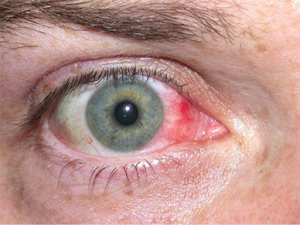
Is episcleritis an infection?
No. Episcleritis is inflammation, not an infection. Therefore, it is not contagious and does not spread.
What are the signs and symptoms of episcleritis?
The eye is generally bloodshot red in one portion or quadrant. It usually only involves one section of one eye. There is no discharge or mattering. There is generally only mild soreness or discomfort. There may be an elevated area or nodule within the redness.
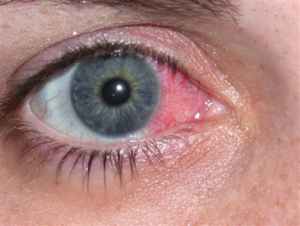
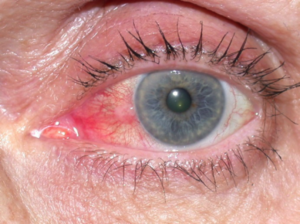
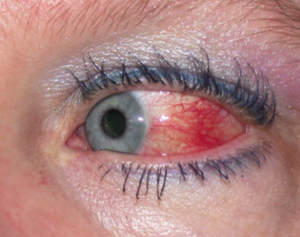
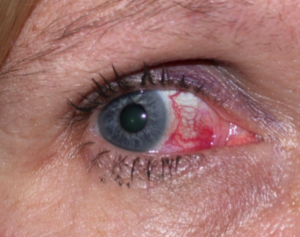
What causes episcleritis?
Most of the time there is no known cause. The eye may be “overreacting” to dryness or something in the environment. It can be associated with other disorders such as rheumatoid arthritis, lupus, rosacea, and ulcerative colitis. But it is generally a benign condition that does not indicate the presence of any serious underlying disease.
How is episcleritis treated?
The condition is self-limiting, and often resolves on its own over a few weeks without treatment. Artificial tears can be used for the mild discomfort. Effective treatments are oral nonsteroidal anti-inflammatory agents (such as indomethacin, naproxen) or topical corticosteroid drops. These medicines often have to be slowly tapered as the condition can recur shortly after it seemingly resolves.
Recent Comments